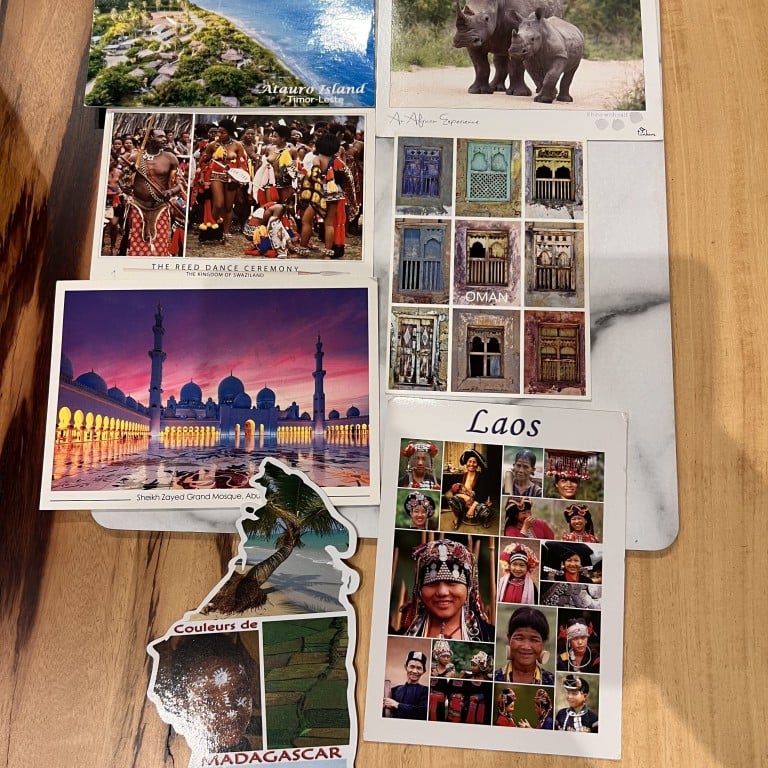
How postcards still make people feel special, and the online groups that help users exchange cards with others around the world
- Himanshu Agrawal in Nepal says exchanging postcards helps him smile when feeling low and receiving one sparks his senses in a way that email doesn’t
- Online forums such as Postcrossing and dedicated Facebook groups enable users to exchange postcards with like-minded strangers
Himanshu Agrawal has more than 1,200 postcards from over 140 countries in his collection. He even has some from Antarctica.
“Exchanging postcards has helped me a lot to smile during my lowest days and feel proud during my mania days,” says the 22-year-old Nepalese student, who was diagnosed with bipolar disorder and anxiety disorder a decade ago.
“Whenever I am frustrated, I just take a view of my cards, read the messages written on them and smile for a moment.”
We may be living in an age of digital communication but there is a worldwide network of snail-mail lovers who appreciate the thought that goes into writing postcards, those small picture cards that have been mailed primarily by holidaymakers since 1869, when the first was sent in Austria-Hungary.
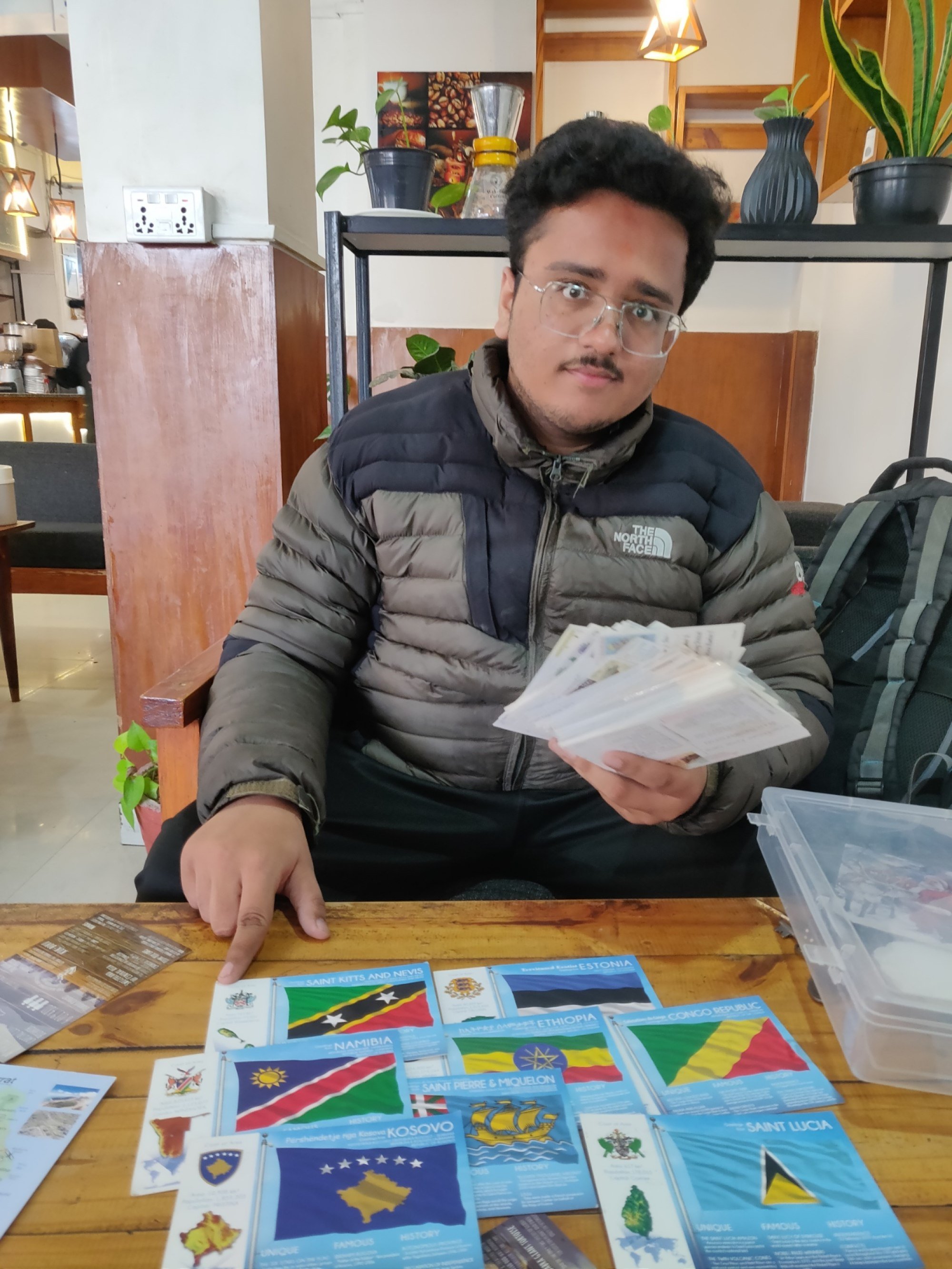
Online forums such as Postcrossing and dedicated Facebook groups enable users such as Agrawal (no relation to the author) to exchange postcards with like-minded strangers across the globe.
“Having something unexpected waiting for me when I open the mailbox is definitely special, and can often make my day,” says Paulo Magalhaes, the Portuguese then-student who founded Postcrossing in 2005. “That is especially true with postcards.”
From poste restante to pay phones, how the internet changed travel
Receiving a card engages the senses in a way that email doesn’t, Agrawal says.
“Just like someone loves the smell of new books, I love the smell of postcards received from different countries.”
Sifting through his collection, Agrawal shows me some of his favourites, including one from New York postmarked by the United Nations headquarters.
He points at a card from the Republic of Kosovo. “This is a rare postcard,” he says. “There are few people in the country who share this hobby.”
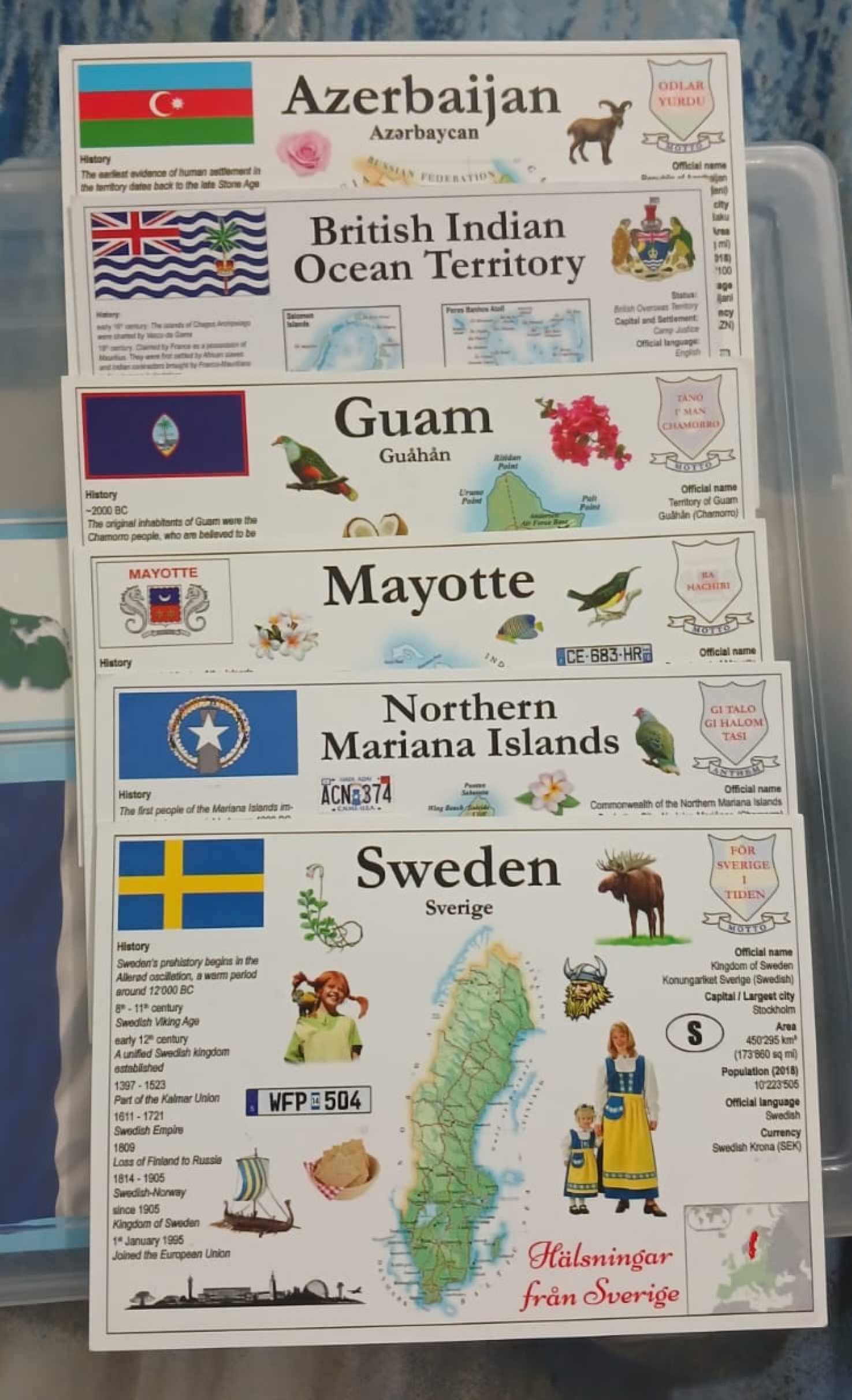
For a sender, the joy lies in selecting a postcard that represents their home. Writing a thoughtful message on the card, perhaps sharing a moment from the day, fosters a connection. Visiting the post office to buy stamps and to mail cards is all part of the experience.
“I love the postcard format of image plus limited space for text, and how short bulletins can be dispatched,” says Maitri Dore, an Indian architect who lives in Sweden and designs her own cards.
“Being outside in nature, drawing the scene live and then dispatching that to someone combines my liking of postcards, writing messages and drawing.”

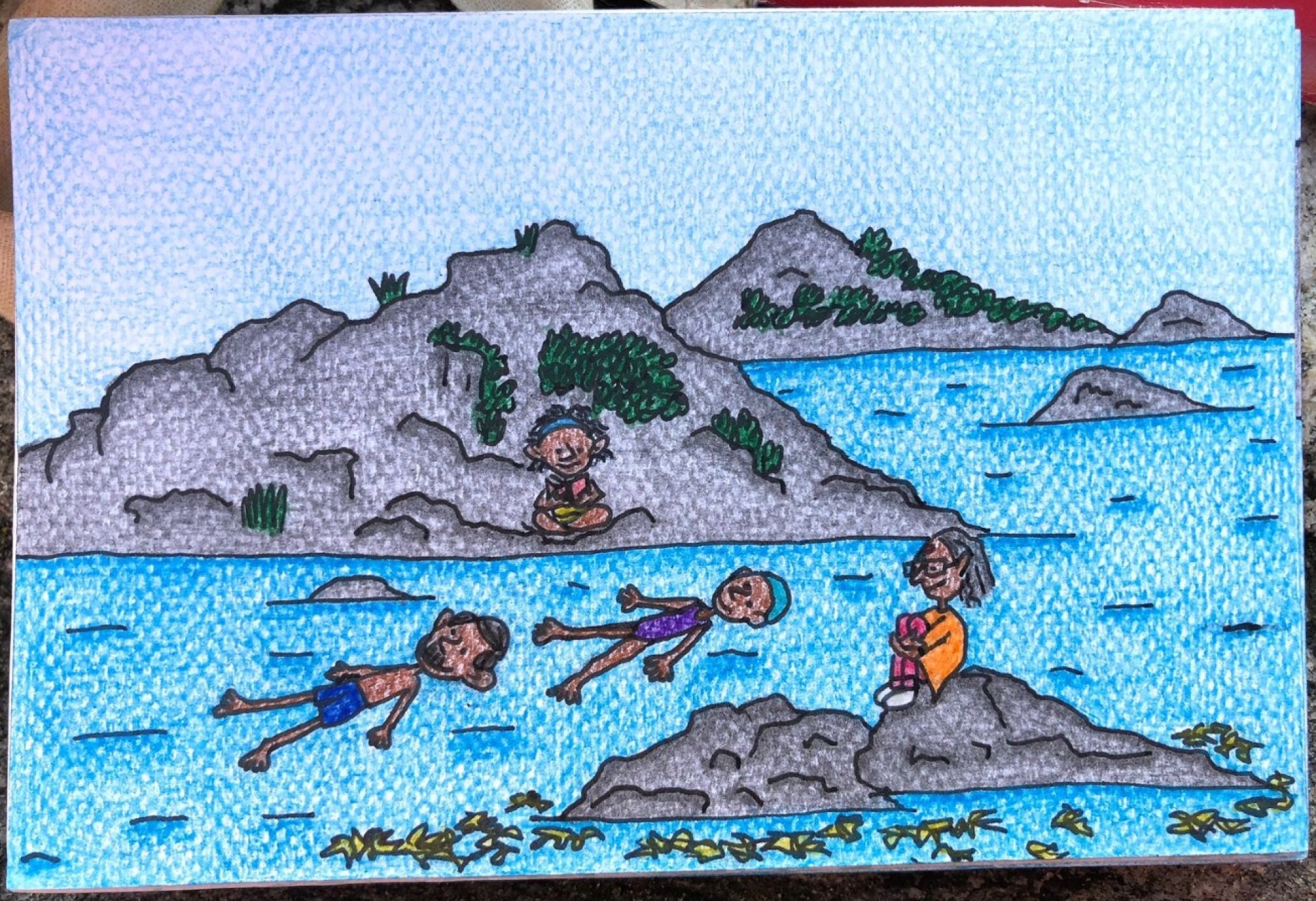
Dore doesn’t hide the postcards she receives in return in a drawer. Instead, she uses them as bookmarks or hangs them around the house.
When Dore sends postcards from India, she adds a personalised stamp – featuring a photo of herself – to the postcard.
“It’s possible to get such a stamp [which has the same postal value as a regular stamp] printed through the Indian postal services.”

Dore remembers a postcard she received from Thailand: a special fold-out card with cut-outs.
“When assembled it became an idol of the Thai version of the Ramayana [an ancient text devoted to the prince Rama]. The idea of putting it together was so enticing, even though I didn’t want to lose its [handwritten] message.”
Mumbai: upsides and downsides for visitors to India’s City of Dreams
Receiving a postcard “is like Christmas every day”, says Postcrossing user Polina Alekseeva, 32, who lives in Uzbekistan. “You open your mailbox as if you unwrap a Christmas present with the awe and joy of finding a letter there from the other side of the world.”
But “I prefer to send rather than receive postcards,” she says, as she finds joy in fulfilling the wish of people who request a postcard from Uzbekistan’s capital, Tashkent.
“If someone collects pink unicorns, I try to find them a card, a stamp and stickers with pink unicorns,” Alekseeva says. “Because such a card will bring a smile and make his or her day a little better.”
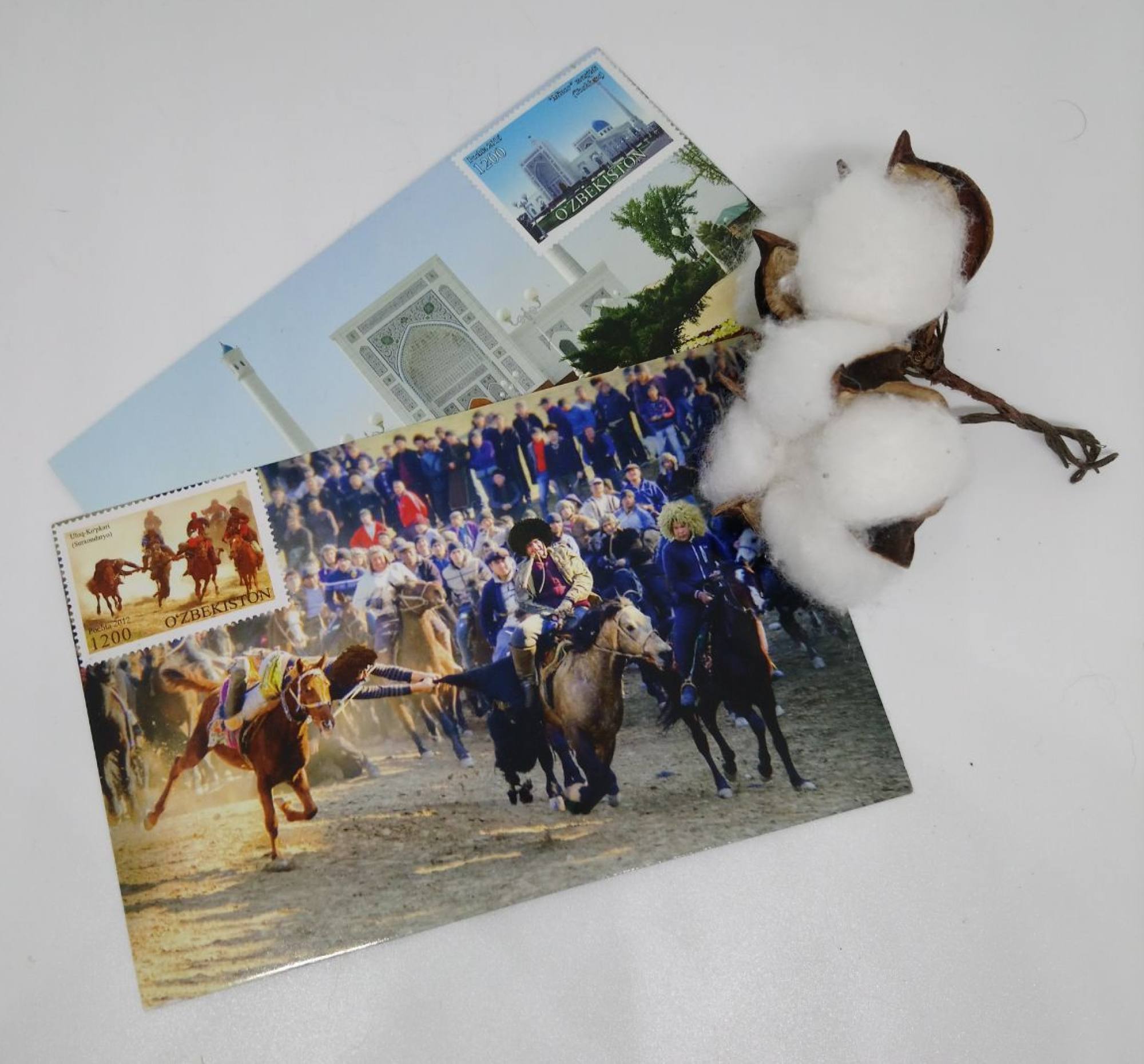
Being a Postcrossing user myself, I am used to requests from countries such as the United States, Germany and China, and those who have received a postcard from Nepal, where senders are relatively few, are always delighted.
Wang Dingchao in Wuhan, in China’s Hubei province, requested a postcard swap during the pandemic, but mail services between China from Nepal resumed only a few months ago, so I have yet to receive mine.
“I have been collecting postcards for a long time,” Wang says by email. “I used to bother my relatives and friends to send me a postcard when they went out for a trip.”

While exchanging postcards helps Wang make friends and learn about the world, he prefers his mail to come in sealed envelopes.
“The envelopes I receive contain many kinds of used tickets – scenic spots tickets, transport, and other items such as tea bags, bookmarks and coins. This is a very interesting thing,” he says.

Postcrossing user Donovan Leong, 33, a teacher in Singapore, has two aims when he sends cards: “I write about my country and introduce the culture and tourist sights, [but also] I try to tailor postcards to the preferences of the recipient.”
In return, he loves to receive postcards with beautiful stamps – as every element of a card tells a story – and from rare origins, “especially from difficult-to-get African countries or Pacific islands”.
Leong also sends himself a postcard when he travels internationally, briefly mentioning the activities he has done on that particular day.
“Years on I wouldn’t remember the nitty-gritty of that holiday,” he says. “But [the cards] transport me back to that day and help me relive a holiday.”
Sending a postcard takes some time, effort and a little money, but that’s why it’s truly appreciated by the receiver
Unlike emails and instant messages, postcards can be in transit for a long time.
“My longest postcard took one year to arrive,” Leong says. “It was from Morocco, which I sent to myself. I had lost hope about receiving it.”
In October 2023, Agrawal received a card with a postmark dated February 2022 and mailed from Ukraine. “I was shocked to receive it,” he says.
Postcard from Hong Kong to US finally arrives – 26 years late
Digital communication may be quick and efficient, but that piece of card delivered via snail mail holds a meaningful message and can be preserved for a lifetime. Cards cross borders – sometimes via land and air – and pass through many hands before being dropped in the recipient’s mailbox.
“That personal touch of postcards reminds us that someone took the time to write to us, instantly making us feel special,” Magalhaes says.
“Sending a postcard takes some time, effort and a little money, but that’s why it’s truly appreciated by the receiver.
“Sending something tangible like a postcard across the world still feels like magic to me.”

